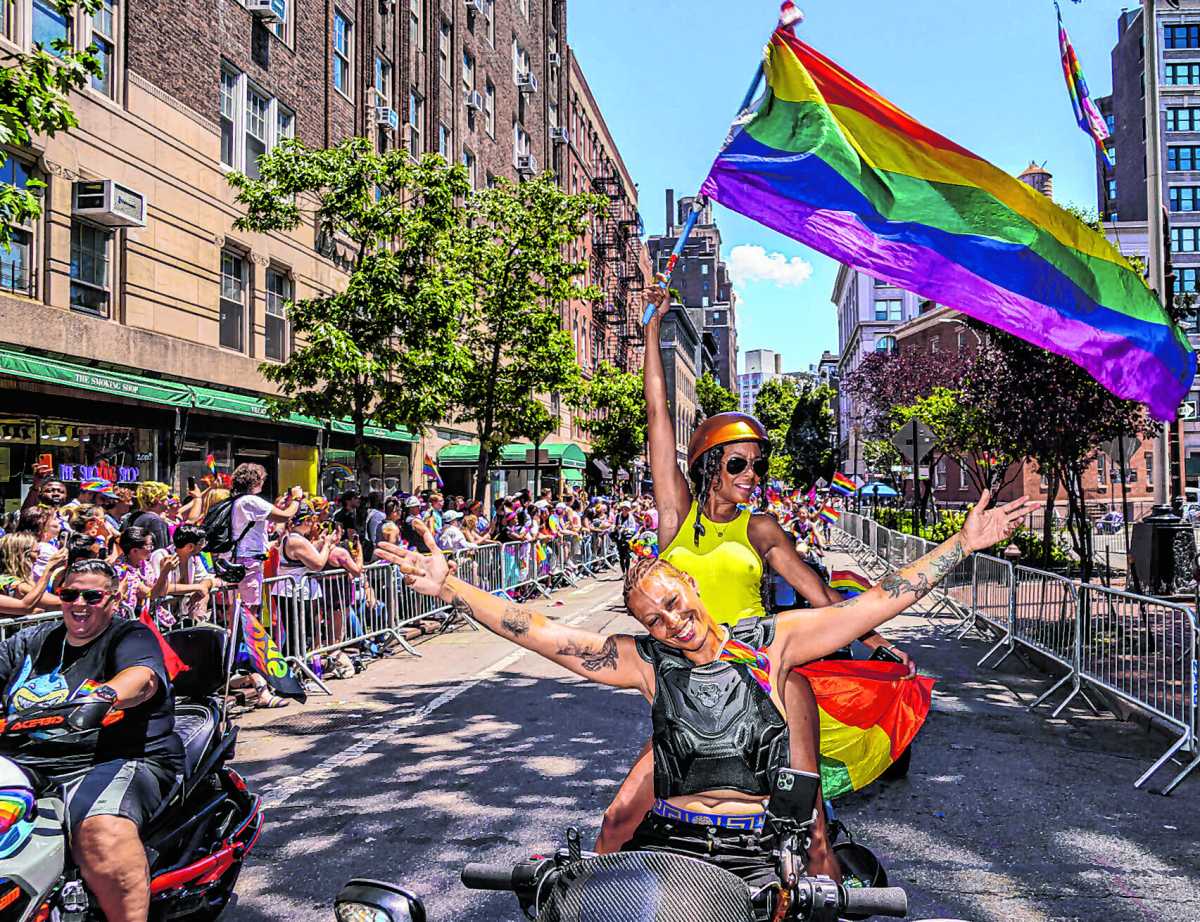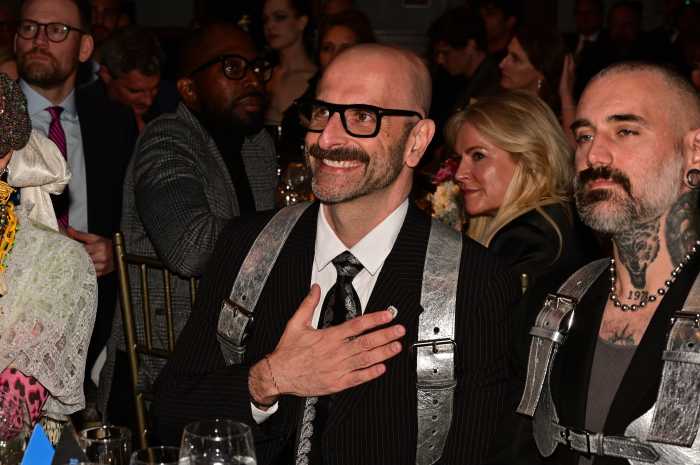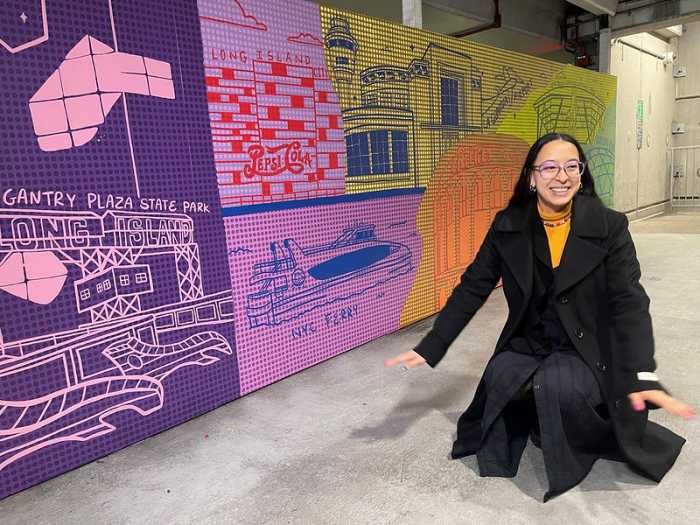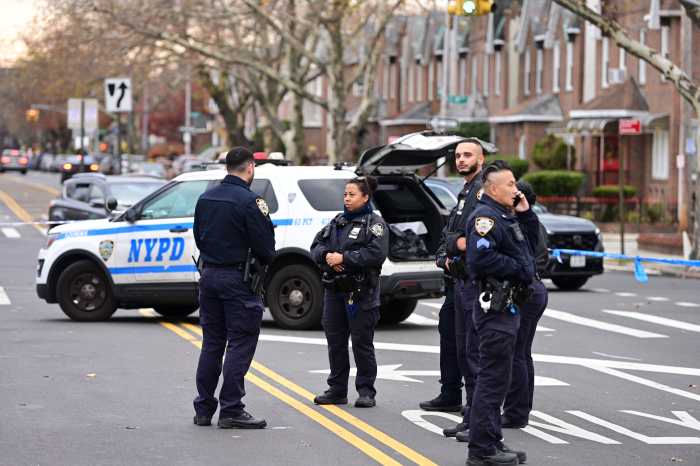Pride 2022 pulled out all the stops — from Lil’ Kim and Kim Petras headlining on Governors Island to the celebration of ballroom culture at the Love Above All Ball, from PrideFest to the iconic Pride March, from Albany’s Say It Loud! Black and Latin@ Gay Pride to the return of Teaze, the programming and energy this year suggests an overwhelming joy among the LGBTQ+ community and allies to once again have gathered in person after two years of pandemic caution and social distancing.
Moreover, in the wake of Florida’s Parental Rights in Education bill — commonly referred to as the “Don’t Say Gay” law — as well as anti-trans sports bans in states such as Indiana, and the Texas Republican Party’s recent pronouncement of their official party platform, which describes homosexuality as an “abnormal lifestyle choice,” this year’s Pride, while still a celebration of individuality, authenticity, and diversity, was also framed within its original context: protest.
“Of course, Pride is a celebration,” says Ken Louie of MetroPlusHealth. “But we must not forget that Pride started as a protest. We march against racism, sexism, ageism, phobia, and discriminatory health care.”
This is a sentiment also echoed by Alyssa Nitchun, executive director of The Leslie Lohman Museum of Art. “For me, Pride Month is both celebration and protest . . . This year’s march on June 25th marks 30 years of organizing among ourselves to fight for our rights, safety, and visibility.”
Of course, gays, lesbians, and transgender people have been fighting for rights, recognition, and respect far longer than 30 years, the Stonewall Uprising being one of the most famous incidents of spontaneous collective mobilitzation. In the early morning hours of June 28, 1969, New York City police raided the Stonewall Inn in Greenwich Village, barring the exits and demanding patrons show identification and, for those dressed in clothing deemed inappropriate to their sex, ordering them to the bathroom to verify their sex.
Police raids were not uncommon, and on this night frustration, anger, and indignation led to resistance, civil disobedience, then outright rebellion. Patrons refused to produce identification or accompany police officers to the restrooms. A large crowd assembled outside the Inn and began shouting, singing, jeering, and throwing pennies. Pennies turned into beer bottles, turned into bricks. Some officers barricaded themselves inside for safety, but soon the Inn was on fire. While the fire was extinguished, the rebellion continued until 4 o’clock that morning and for several nights after.
The Stonewall Uprising served as a catalyst for the gay liberation movement, cementing the legendary status of activists Marsha P. Johnson and Stormé DeLarverie, both of whom continued their advocacy throughout their lives. Johnson, along with her good friend and fellow activist Sylvia Rivera as well as Miss Major Griffin-Gracy, stand as symbols of the uncounted and too often neglected transgender women of color who were central to the movement.
“There has been a strong movement toward understanding Black Pride . . . There is much more awareness about our history. There is much more awareness about the things that we have contributed to culture, and that’s important because we are a part of the American fabric as well,” says Lee Soulja, the founder and executive director of NYC Black Pride. “Stonewall happens to have been another movement started by people of color that really isn’t documented as such.”
But if Pride 2022 is any indication, the exclusion of BIPOC from traditional accounts of LGBTQ+ history may be finally, thankfully, coming to an end. Commemorating and centering the work of activists like Urvashi Vaid, who passed away last month, Audre Lorde, Bayard Rustin, and James Baldwin is critical to properly contextualizing and crediting the broader history of the gay rights movement. Teaching younger generations about the contributions of these figures also offers an opportunity to examine how intersectionality shaped their lived experiences.
There are many lessons to be learned from this past June, perhaps none more important than this: pride is not confined to one month out of the year. LGBTQ+ folx live pride every day, and allies are only allies if they show up every day. There are many reasons to celebrate, and many reasons to remain vigilant, ready to protest. Work remains. Progress remains. But solidarity and collective action line the path to equity.






